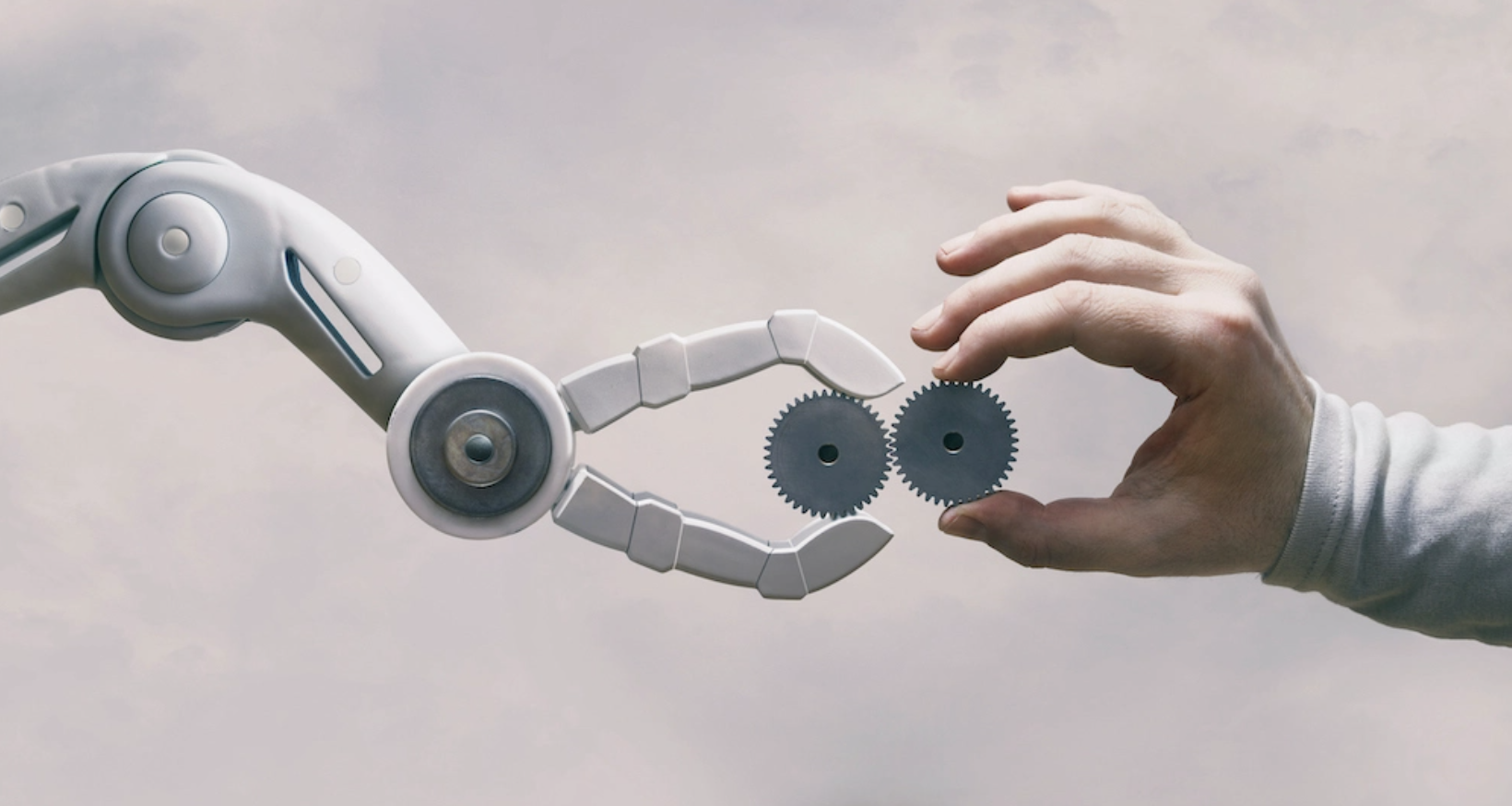In recent years, industrial design education has expanded from products alone to include designing strategies, policies, infrastructure, and systems, with artificial intelligence slowly emerging as a new dimension within these areas. Now, as AI goes mainstream, a new spotlight is being cast on AI research to better understand what lies ahead for both designers and design academics alike.
To address this shifting landscape, WDO Member Delft University of Technology has spent the last 3 years establishing their AI Initiative, a network of over 20 AI labs dedicated to promoting education, research and innovation in the field of AI.
One of the first labs to be established as part of this initiative was the Designing Intelligence Lab (DI_Lab), a joint collaboration between the Delft’s faculties of Industrial Design Engineering (IDE) and Electrical Engineering, Mathematics, and Computer Science (EEMCS). Interested in “designing the future in dialogue”, the lab acts as a bridge between industrial design and computer science to identify and design the conditions, methods, and tools for humans and artificial intelligence to creatively work together. We reached out to the lab’s Principal Investigators — Senthil Chandrasegaran (assistant professor, IDE) and Catharine Oertel (assistant professor, EEMCS) to learn more about their work designing the future of human and AI dialogue.
When it comes to understanding how the lab operates, design and dialogue are in fact the two key words. As noted by Catharine and Senthil, “students were already finding ways to use AI in the form of large language models and image generators, so it only made sense to help them gain awareness of the benefits and dangers of using these models in their design processes.”
Together with the lab’s three PhD student researchers, Catharine and Senthil are not only developing new analytical methodologies to understand how design thinking occurs, but also designing tools and techniques to foster creative interaction between humans and artificial agents. “Our long-term goal is the integration of AI into new ways of designing to address systemic design problems too complex for humans alone, such as social equity and inclusiveness, climate change, or health and wellbeing. We want our lab to provide new insights as well as novel tools and datasets for designers, design researchers, and computer scientists.”
Recognizing that design is an inherently complex activity, it’s no coincidence that the DI_Lab operates as an interdisciplinary initiative. By merging industrial design and computer science-based approaches, the lab is able to present a more intimate understanding of how AI can augment the act of designing, which is in turn reflected in the types of research projects the team pursues.
One such project explores the role of artificial agents in design conversations. “We know that designers’ own worldviews can influence how they understand design problems. This can have a significant effect on complex projects like designing public spaces for inclusiveness, safety, accessibility and so on, as the designers may be unaware of their own biases and prejudices when working on such problems.” The lab’s research thus involved using AI chatbots to present relevant, alternative perspectives to a designer, with preliminary studies indicating that when presented with these perspectives, designers start thinking in more nuanced ways about the problem at hand.
Another set of projects involved using linguistic tools and computational approaches to analyze conversations between designers to identify certain design thinking patterns. “Since the pandemic we have had developments in online meeting recording and automated transcription that make it easy for us to record and transcribe conversations, which constitute records of practice for designers and data for researchers”. The team hopes that their work in this area can “provide ways for designers to analyze and reflect on their own practice, and for researchers to analyze the way in which designers work together.”
On the computer science side, the lab’s projects involve models to understand and aid how conversational agents and social robots can engage in long-term team discussions. In one project, the team is studying whether the way in which a conversational agent responds to ideas — based on the idea itself and on the mood of the designer — can influence the next idea from the designer. This information can then be used to build models of conversation for conversational agents and social robots to help designers and design teams.
Indeed, with the growing public interest in AI language models to fast-track certain aspects of the design process, the team at DI_Lab encourages designers to enter this space cautiously. Just as there are benefits to these models, from increased efficiency to better productivity, there is also the potential for harmful bias and lack of transparency.
Even though these models have been heralded for their ability to quickly generate image and text, Catharine and Senthil note that “designers need to be primed to be skeptical about the output from large language models, and instead of trusting it, to use the output as a way to examine their own thoughts and opinions on the topic or situation being discussed.” With this in mind, DI_Lab will soon be launching a Masters elective course on Exploring Design Intelligence that focuses on teaching students tools and methods to analyze and simulate design conversation using AI and other computational approaches.
“Design involves developing new ways of interpreting existing scenarios, reframing problems based on these interpretations, and coming up with new ways to address the problems. In other words, design is about interpretation and generation, activities that align at an abstract level with the capabilities of AI models. The opportunities, therefore, lie in how design activities can be abstracted in a way that can be augmented using AI.” – DI_Lab
As we continue to explore AI’s translation and applications across the field of design, the real challenge for designers moving forwards is “maintaining an awareness of what a given machine learning model can and cannot do for them and what biases the output from such models may have.”





